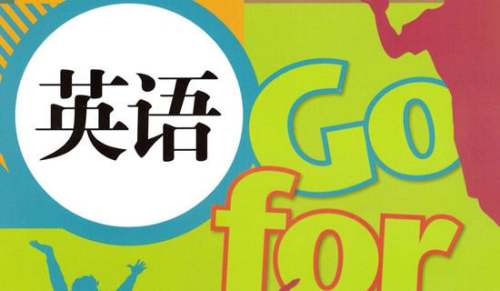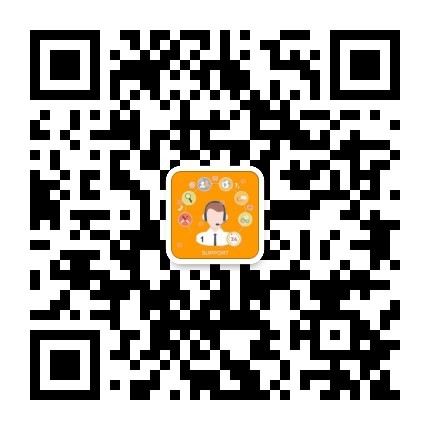- 相關(guān)推薦
小學(xué)英語(yǔ)句型轉(zhuǎn)換方法
小學(xué)英語(yǔ)中的句型轉(zhuǎn)換屬于較難的題型,對(duì)孩子的英語(yǔ)綜合能力有一定要求。除了必須掌握基礎(chǔ)的詞匯外,還要對(duì)語(yǔ)法知識(shí)和句子語(yǔ)序有很好的掌握。很多孩子在這種題型上失分比較嚴(yán)重,其實(shí)是他們沒有掌握好方法。小學(xué)英語(yǔ)的句型轉(zhuǎn)換就只有那幾種類型,只要掌握了方法,就不怕不會(huì)做啦。

1肯定句改否定句的方法 :
1、 在be動(dòng)詞后加not。如:is not , are not , am not
2、 在can,should, will等后加not。如:cannot, should not, will not;
3、 上述都沒有的,在動(dòng)詞前加助動(dòng)詞否定形式don’t/doesn’t/didn’t。
4、 some 改成any。
如: I am a girl. → I am not a girl.
You are a student. →You are not a student.
→You aren’t a student.
This is Tom’s bag, → This is not Tom’s bag.→ This isn’t Tom’s bag.
2肯定句改一般疑問句的方法
1、 把be動(dòng)詞放在句首,剩下的照抄,(some 改成any,I改成you,my改成your,)句點(diǎn)改成問號(hào)。
2、 把can,shall, will等放到句首,剩下的照抄,(some 改成any,I改成you,my改成your,)句點(diǎn)改成問號(hào)。
3、 上述都沒有的,在句首請(qǐng)助動(dòng)詞Do/Does/Did幫忙,剩下的照抄,(some 改成any,I改成you,my改成your,)句點(diǎn)改成問號(hào)。
注意:句首的第一個(gè)字母要大寫,句尾標(biāo)點(diǎn)應(yīng)為“?”。
如:
I am in Class 6. →Are you in Class 6?
You are from America. →Are you from America?
It is an orange. →Is it an orange?
4、 就一般疑問句回答
一般疑問句有兩種回答,即:肯定回答和否定回答。其中,肯定回答用yes,否定回答用no。 語(yǔ)句順序?yàn)椋篩es + 主語(yǔ) + am /is/ are/was/were.|can.|do/does/did|; No + 主語(yǔ)+ am not/ isn’t/ aren’t 如:
—Are you an English teacher?→Yes, I am. /No, I am not.
—Is that a bird? →Yes, it is./ No, it isn’t.
3對(duì)劃線部分提問
“就劃線部分提問”是小學(xué)階段英語(yǔ)學(xué)習(xí)的難點(diǎn),但是一旦掌握了規(guī)律,就變得容易多了。 小學(xué)英語(yǔ)對(duì)劃線部分提問之答題口訣 :
一代:用正確的疑問詞代替劃線部分。
二移:把疑問詞移至句首
三倒:顛倒主謂語(yǔ),但對(duì)主語(yǔ)或其定語(yǔ)提問時(shí)除外(some 改成any,I改成you,my改成your),
四抄:照抄句子剩余部分。
★特殊疑問詞的確定要根據(jù)劃線內(nèi)容而定,在小學(xué)階段常出現(xiàn)的有以下幾種:
1.劃線部分是“事或物”,特殊疑問詞用what
如: This is a book.---What is this?
I often play football on Saturdays .---What do you often do on Saturdays ?
2.劃線部分是“人”,特殊疑問詞用who
如:He is my brother. ---Who is he ?
3、劃線部分是“地點(diǎn)”,特殊疑問詞用where
如:The box is on the desk.---Where is the box ?
4、劃線部分是“時(shí)間”,特殊疑問詞用what time或when
如:It's seven twenty . ---What time is it ?
I usually get up at six . --- When do you usually get up?
5、劃線部分是“年齡”,特殊疑問詞用how old
如:I am twelve . ---How old are you?
My father is thirty-three . ---How old is your father ?
6、劃線部分是“職業(yè)”,特殊疑問詞用what
如:Mike is a worker. ---What is Mike ?
7、劃線部分是“顏色”,特殊疑問詞用what colour
如: My hat is blue . ---What colour is your hat?
8. 劃線部分是“數(shù)量”,特殊疑問詞用how many或how much
如:I can see five kites .---How many kites can you see ?
There is some milk in the glass. ---How much milk is there in the glass ?
9.劃線部分是“多少錢”,特殊疑問詞用how much
如:This pen is nine yuan . ---How much is this pen ?
10.劃線部分是“形容詞性物主代詞或名詞性物主代詞”,特殊疑問詞用whose 如:That is my book . ---Whose book is that ?
The bag is yours. ---Whose is the bag ?
以下口訣要牢記:
1.問“誰(shuí)”用who;
2.問“誰(shuí)的”,用whose;
3.問“地點(diǎn)哪里”,用where;
4.問“原因”,用why;
5.問“身體狀況”,用how;
6.問“方式”,用how;
7.問“年齡”,用how old;
8.問“多少”,用how many;
9.問"價(jià)錢”用how much;
10.問“哪一個(gè)”,用which ;
11.問“什么”,用what;
12.問“職業(yè)”,用what;
13.問“顏色”,用what colour;
14.問“星期”,用what day;
15.問什么學(xué)科,用what subject;
16.問“什么時(shí)候”,用when;
17.問幾點(diǎn)用What’s the time?或 What time is it?
【小學(xué)英語(yǔ)句型轉(zhuǎn)換方法】相關(guān)文章:
人教版小學(xué)英語(yǔ)主要句型02-17
雅思口語(yǔ)練習(xí)方法及經(jīng)典句型02-27
Word轉(zhuǎn)換成PPT的方法03-20
拉丁舞重心轉(zhuǎn)換方法03-18
小學(xué)英語(yǔ)疑問句型匯總03-30
經(jīng)典大學(xué)英語(yǔ)寫作句型03-09






